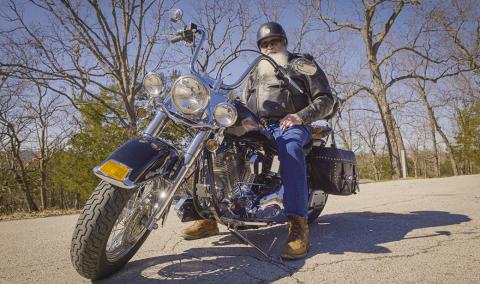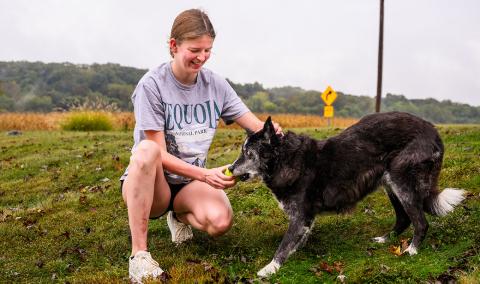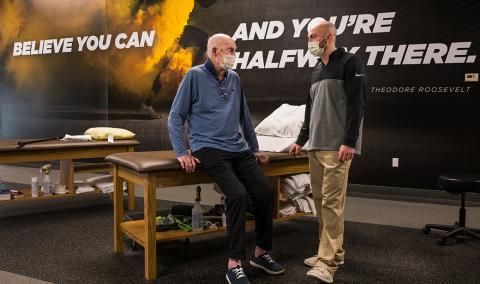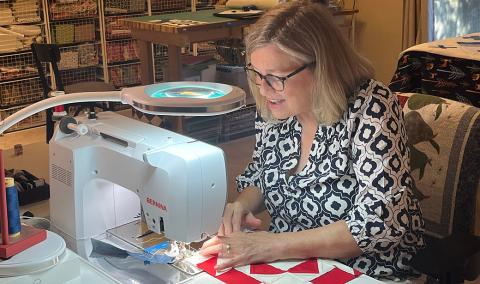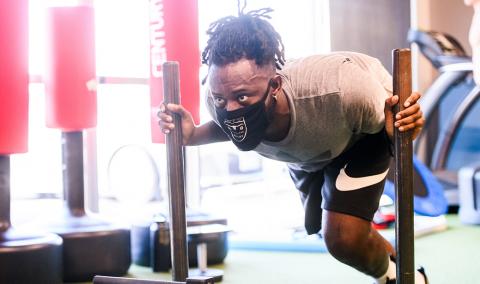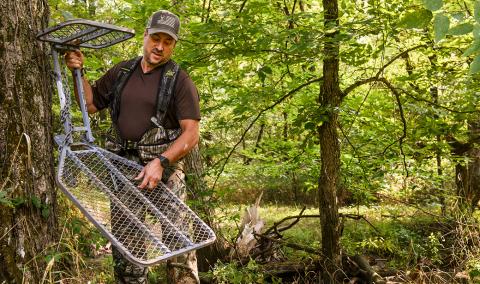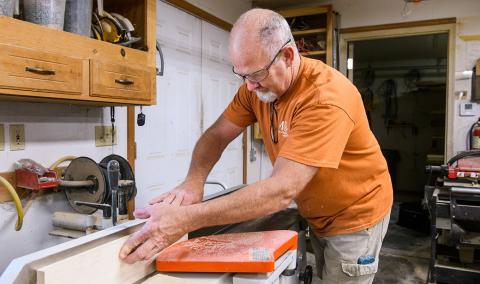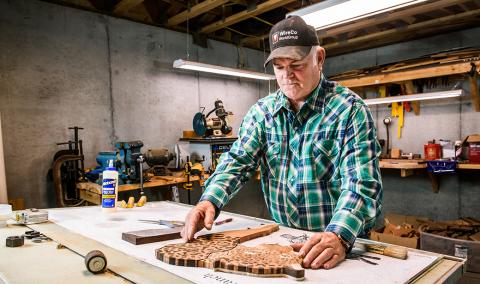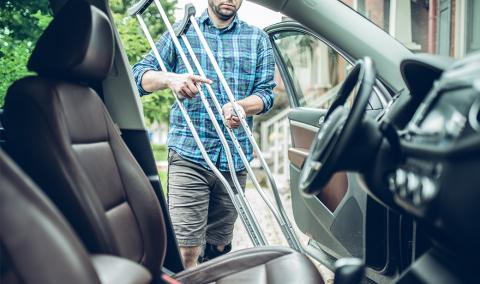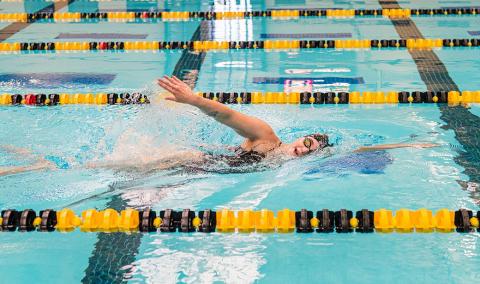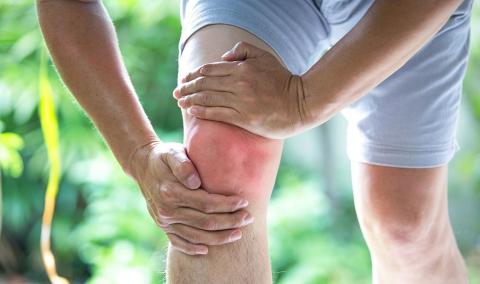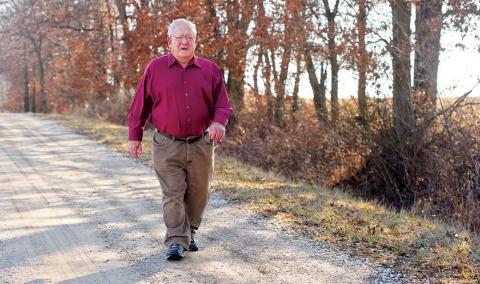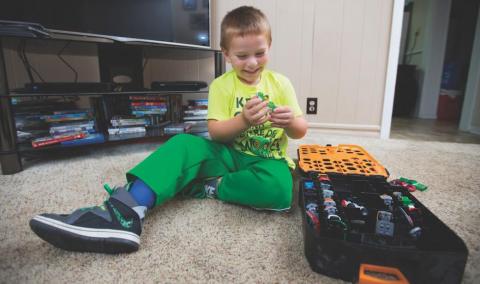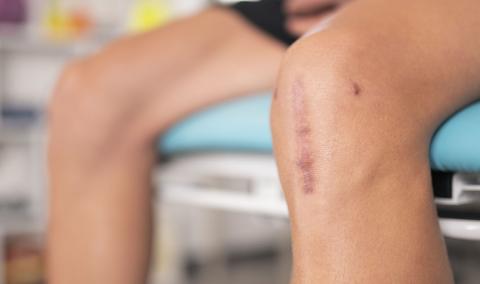If a painful bump on the inside of your foot makes your shoes hurt, it could be a bunion. Our foot and ankle experts offer nonsurgical and surgical options designed to help you walk comfortably.
Bunion Causes and Risk Factors
Bunions, also known as hallux valgus deformities, can be caused by genetics or wearing shoes that are too narrow. Women and athletes are more likely to develop bunions.
These painful deformities cause your bones to shift and rotate inside your foot. Although traditional treatments can provide temporary relief, they can’t address the rotation, often causing bunion to come back. Fortunately, newer procedures available at MU Health Care can correct your bunion with longer-lasting results.
Bunion Symptoms
You could have a bunion if you have:
- A big toe joint that sticks out toward your other foot
- A big toe that turns toward your second toe
- Ongoing toe or foot pain
- Redness, swelling or stiffness around the toe joint
- Trouble getting your shoes to fit properly
- A callus on the sole of your foot or between your big toe and second toe
When to Seek Care for Bunions
Not all bunions need treatment, especially if they do not cause pain. But without treatment, most bunions slowly get worse over time. They can lead to bone changes that alter the shape of your foot and cause problems such as:
- Bursitis: Inflammation of the fluid-filled sacs around joints.
- Hammertoes: A foot deformity that causes toes to bend down at the middle joint.
- Metatarsalgia: Pain and inflammation in the ball of your foot.
- Osteoarthritis: Stiffness or swelling in your metatarsophalangeal (MTP) joint, which connects your big toe to your foot
If you think you have a bunion, our foot and ankle specialists can help.
How We Diagnose Bunions at MU Health Care
When you see one of our foot and ankle specialists for bunions, they will start by examining your foot. Your podiatric surgeon or orthopaedic surgeon will check for bone abnormalities and signs of pain or swelling.
You’ll also have foot X-rays. If you are considering surgery, you may also have a magnetic resonance imaging (MRI) scan or computed tomography (CT) scan.



